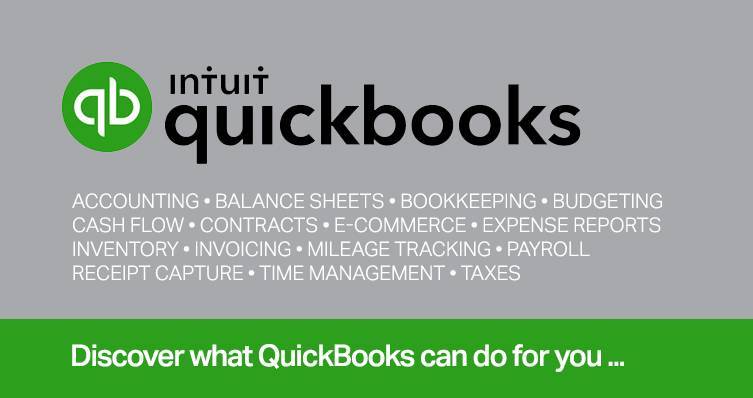Having your financial statements prepared by an external accountant provides a level of assurance to your company, lenders, and stakeholders – but exactly how much assurance might be up to you.
Assurance, simply put, refers to the level of understanding that your statements are reliable, accurate, and in conformity with U.S. Generally Accepted Accounting (GAAP) principles. Higher levels of assurance require more in-depth procedures – and often more time.
Here’s how the levels of assurance measure up.
Compilations and prepared statements
Compiled financial statements provide no assurance that they have no material misstatements or that they don’t require material changes to meet GAAP standards. Here, an accountant simply arranges the data provided by the company into a financial statement format that conforms to GAAP (or another framework). Footnote disclosures and cash flow information are optional in compiled financial statements.
Under the AICPA’s Statement on Standards for Accounting and Review Services (SSARS) No. 21, compilation reports are one paragraph long, unless the company follows a special-purpose framework (such as income tax basis or cash basis). In those cases, an extra paragraph is needed.
Another service that provides no assurance is prepared financial statements, which follows many of the same guidelines as compiled financials. The basic difference: Preparation statements don’t require the CPA to include a report. Instead, they simply contain a disclaimer on every page that no level of assurance has been provided. Prepared financial statements are often used by owners who formerly relied on management-use-only financial statements, which were eliminated under SSARS 21.
Reviewed statements
Reviews provide limited assurance that the statements are free from material misstatement and conform to GAAP. They start with internal financial data. Then, the accountant applies analytical procedures to identify unusual items or trends in the financial statements. He or she will also inquire about any anomalies and evaluate the company’s accounting policies and procedures.
Reviewed statements require footnote disclosures and a statement of cash flows. But the accountant isn’t required to evaluate internal controls, conduct testing and confirmation procedures, or physically inspect assets.
SSARS 21 calls for review reports to contain emphasis-of-matter (and other-matter) paragraphs when CPAs encounter significant disclosed or undisclosed matters that are relevant to stakeholders.
Audited statements
Audits are commonly considered the ultimate level of assurance in financial reporting. They provide reasonable assurance that the statements are free from material misstatement and conform to GAAP.
A lot of work goes into preparing audited financial statements. In addition to performing analytical procedures and conducting inquiries, auditors:
- Evaluate internal controls
- Verify information with third parties (such as customers and lenders)
- Observe inventory counts
- Physically inspect assets
- Assess other forms of substantive audit evidence
Public companies are required by the Securities and Exchange Commission to have their financial statements audited. In addition, many lenders require larger private companies to be audited. Nonprofit and governmental bodies also are often required to be audited regularly.
Fraud considerations
While audits aren’t required for every business, they can be an effective antifraud control, according to “Occupational Fraud 2024: A Report to the Nations” published by the Association of Certified Fraud Examiners (ACFE). There’s no level of assurance that provides an absolute guarantee against material misstatement or fraud. But the recent ACFE survey found that external audits are associated with a 52% reduction in fraud losses and a 50% reduction on the duration of fraud schemes.
The survey also revealed that only 59% of small victim-organizations (those with fewer than 100 employees) had audited financial statements, compared to an audit rate of 91% for larger victim-organizations. External audits may help detect fraud and deter would-be fraudsters who perceive that outsiders are reviewing their work.
Choosing the right level
When deciding which service to obtain for your business, consider three key factors:
- The complexity of your business and its risk profile
- The abilities of your in-house personnel to accurately report financial results that conform to GAAP
- The expectations of your stakeholders
Though larger companies have more sophisticated finance and accounting departments, the nature of their transactions and their reliance on outside financing often necessitate an audit.
Time for a change?
Business owners and managers may decide to change their level of assurance over time. For example, a growing business might upgrade from a review to an audit to attract public company buyers or obtain more favorable financing terms. Or a stable midsize firm might decide to downgrade from an audit to a review, and then hire their accountant to perform certain agreed-upon procedures to evaluate high-risk accounts on a quarterly basis.
© 2024 KraftCPAs PLLC











